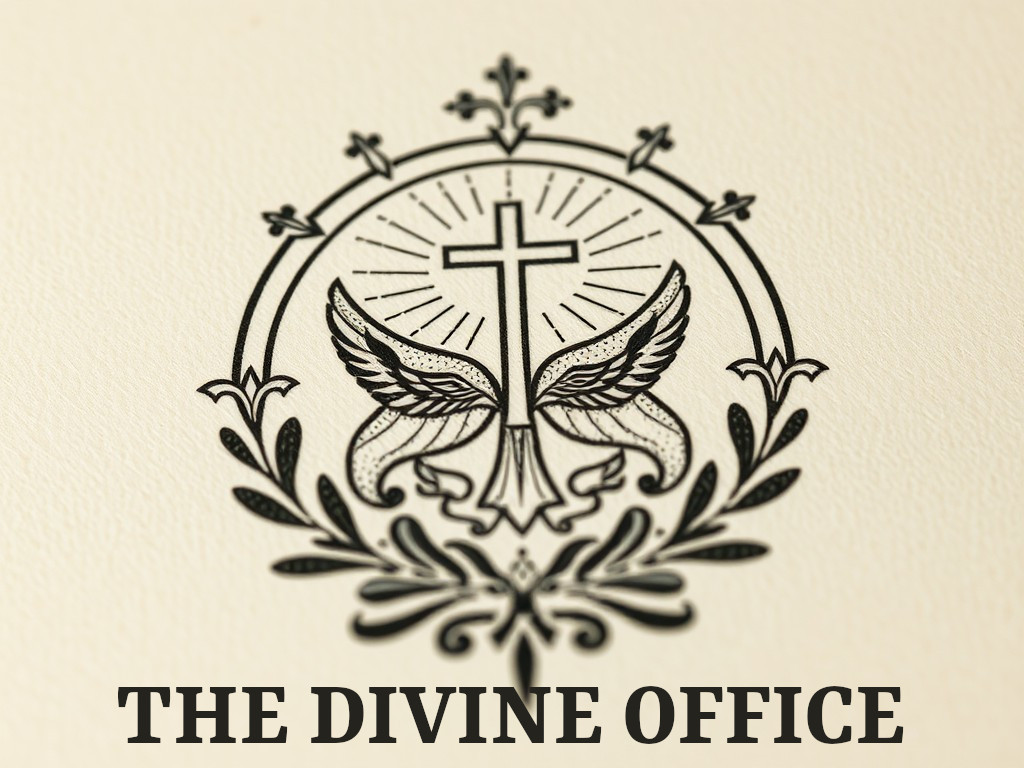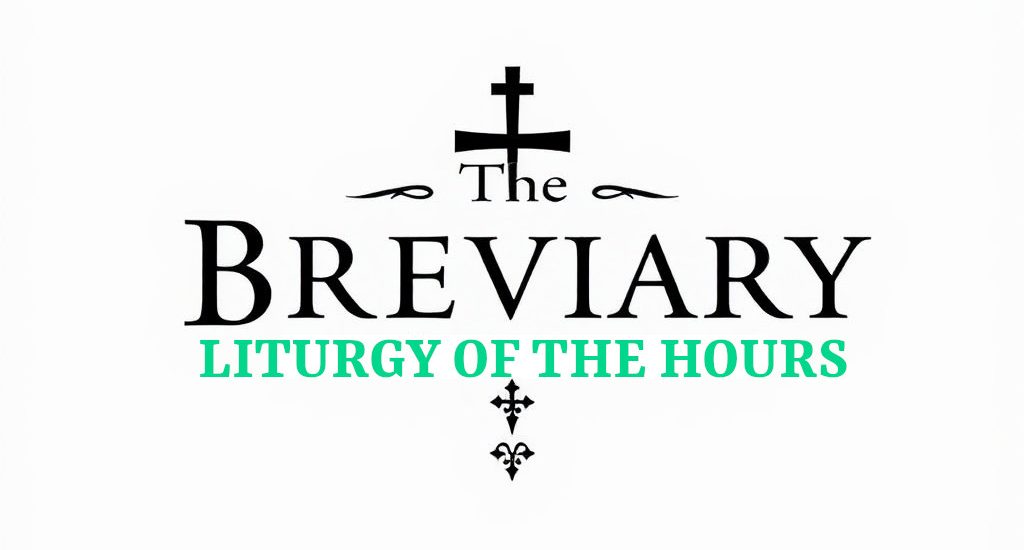Liturgy of the Hours
The Breviary, also known as the Liturgy of the Hours or Divine Office, is a set of prayers, psalms, hymns, scripture readings, and reflections organized for daily recitation by clergy, religious orders, and laypeople within the Catholic Church. It is one of the Church’s oldest forms of liturgical prayer, designed to sanctify the hours of the day and night with dedicated times for prayer. Its purpose is to allow the faithful to unite their lives with the Church’s ongoing, worldwide worship and to immerse them in a rhythm of praise, reflection, and petition.

Structure of the Breviary
The Breviary is organized into several key parts, with each focusing on a specific time of day:
- Morning Prayer (Lauds): This prayer begins the day with praise and thanksgiving, often focusing on the theme of Christ’s resurrection and offering thanks for the blessings of a new day.
- Midday Prayer (Terce, Sext, None): There are typically three short periods of prayer during the workday. These prayers help the faithful refocus their thoughts on God, aligning daily activities with a spirit of devotion.
- Evening Prayer (Vespers): This prayer serves as a thanksgiving for the day’s work and acknowledges God’s protection and presence. It includes psalms, readings, and intercessions.
- Night Prayer (Compline): The final prayer of the day, focusing on God’s protection through the night. It often includes an examination of conscience and a prayer for restful sleep.
Each section includes Psalms, Canticles, scripture passages, and prayers, fostering a spirit of reflection and devotion throughout the day.
Origins and Development
The tradition of the Breviary dates back to early monastic communities, which prayed continuously throughout the day and night. St. Benedict of Nursia formalized a structure for monastic prayer in the 6th century, which greatly influenced the Liturgy of the Hours. In the 11th and 12th centuries, the Breviary became more widely accessible, allowing priests and laypeople outside monasteries to join in these prayers. The Council of Trent in the 16th century helped standardize the Breviary across the Catholic Church.
Importance of the Breviary in Catholic Life
- Sanctifying Time: The Breviary consecrates daily routines, infusing ordinary hours with holy purpose. Through this prayer, the faithful keep a continual awareness of God’s presence and grace.
- Scriptural Immersion: The Breviary is deeply scriptural, especially with its regular recitation of Psalms and Canticles, making it a way for individuals to absorb the teachings and spirit of the Bible.
- Community and Communion: Although often prayed alone, the Breviary is communal by nature. It unites the individual with the global Church and fosters a sense of unity as clergy, religious, and laity participate in a shared, ancient practice.
- Support for Spiritual Growth: By embedding reflection and praise into daily life, the Breviary encourages continual spiritual growth, prompting people to pause, pray, and find peace amid daily demands.
The Breviary in Contemporary Practice
Today, the Breviary is accessible to laypeople as well as clergy, with digital formats and apps making it even more available. Pope Paul VI’s 1971 revision, following Vatican II, modernized the Breviary to make it more manageable for contemporary use, particularly for those outside monastic life. Apps like iBreviary and resources on websites like DivineOffice.org offer easy ways for anyone to incorporate the Liturgy of the Hours into daily life.
The Breviary is not only a method of prayer but a way to live a more contemplative, God-centered life by dedicating each hour to spiritual awareness. Through it, Catholics draw closer to God, aligning their day with prayer, reflection, and community.
